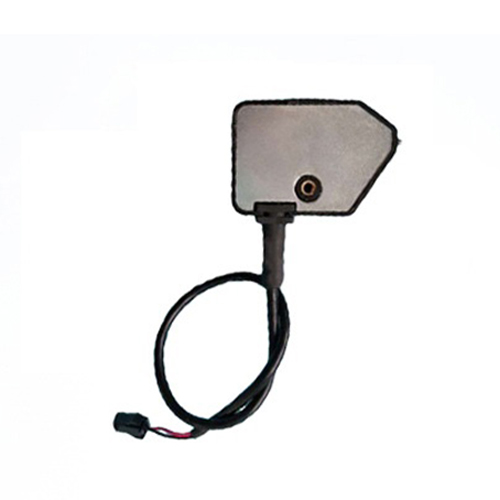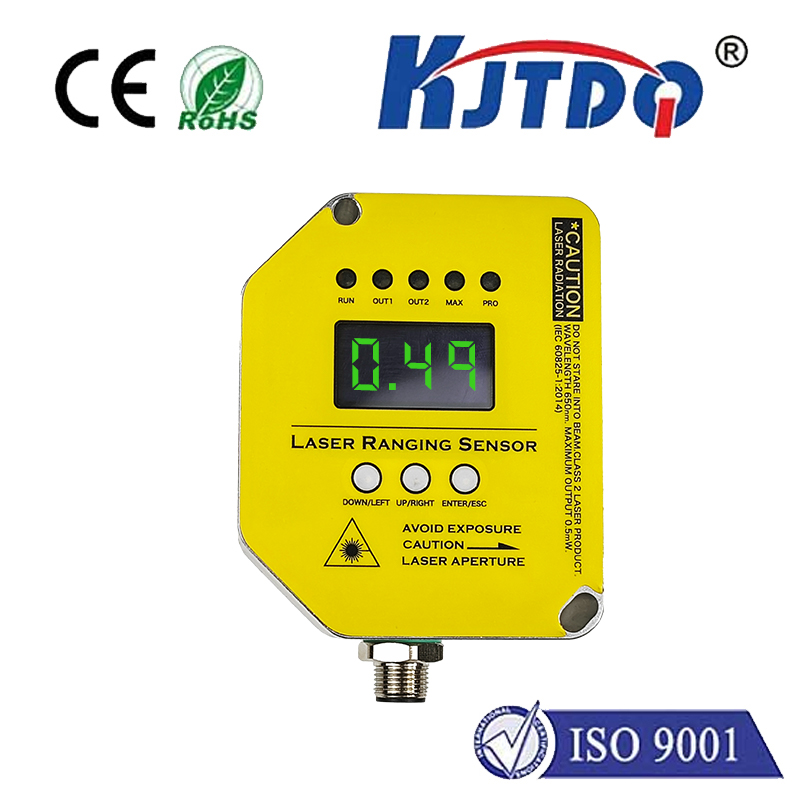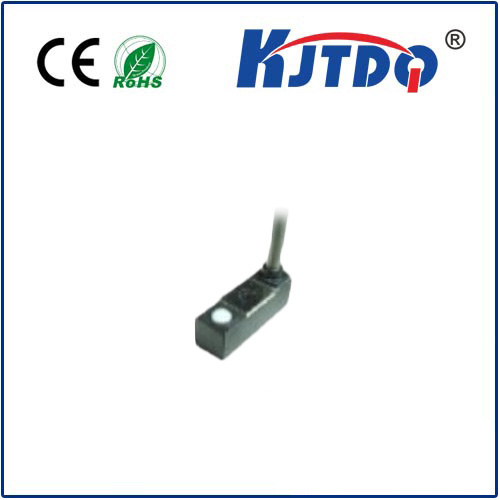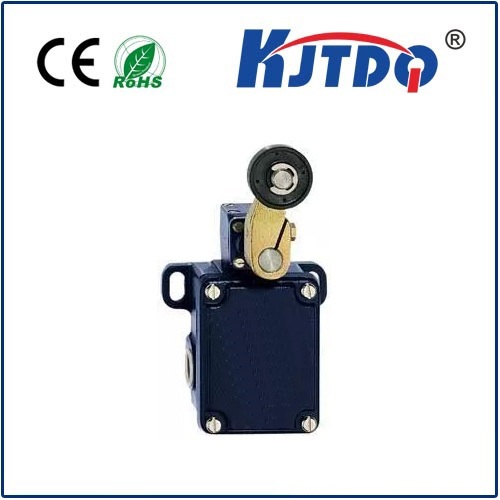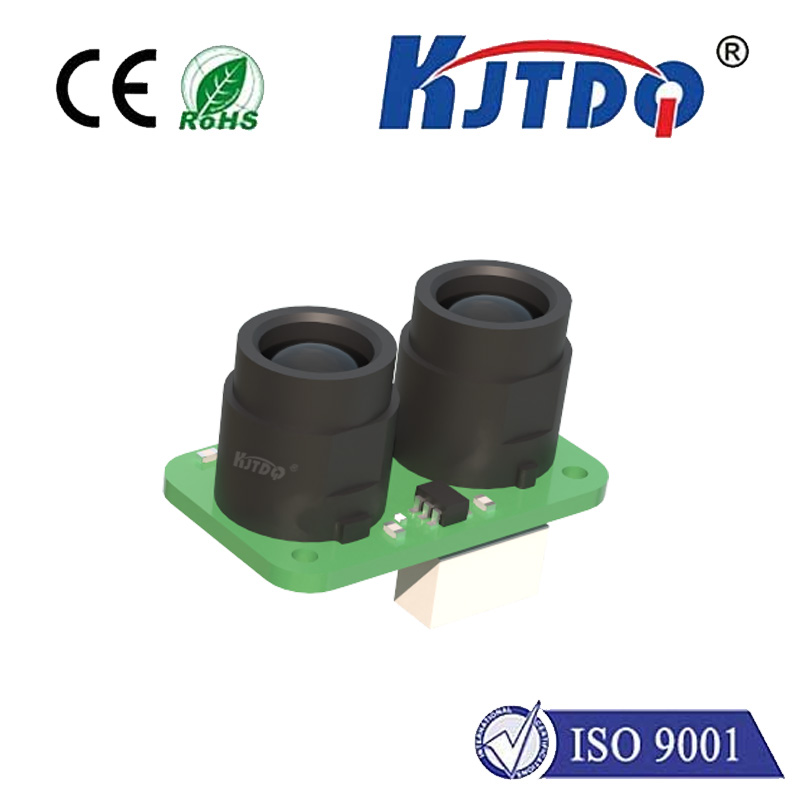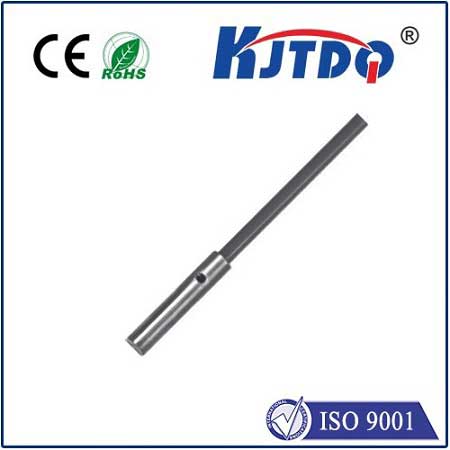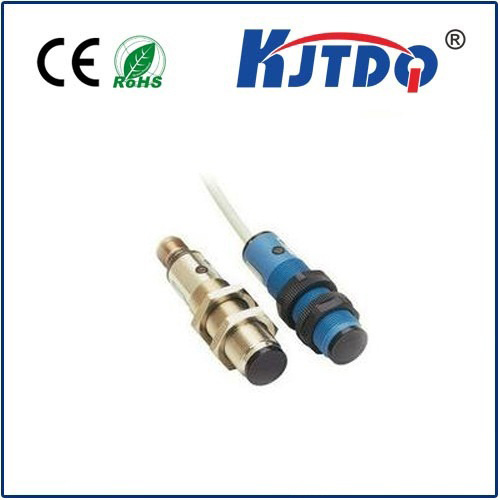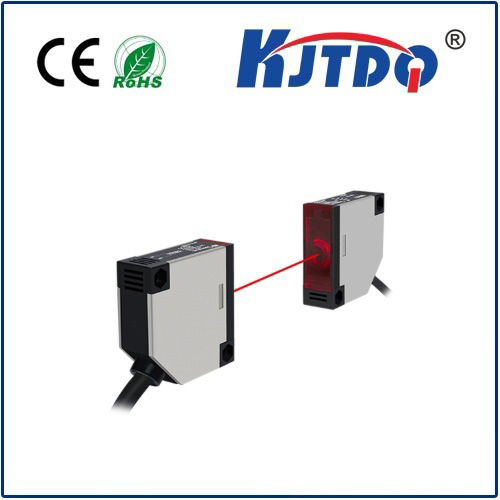ролик микропереключателя
- time:2025-08-03 00:30:25
- Нажмите:0
Microswitch Roller Levers: The Unsung Heroes of Precision Control
In the intricate symphony of modern machinery, countless components work silently but indispensably. Among these crucial performers is the ролик микропереключателя – a seemingly modest part that plays a pivotal role in translating physical motion into reliable electrical signals. Often overlooked, this clever actuator design significantly enhances the versatility, durability, and effectiveness of the ubiquitous microswitch. If you’ve ever interacted with a vending machine, operated industrial equipment, or used an automated safety gate, you’ve likely benefited from the precise action of a roller lever microswitch. Let’s delve into why this specific actuator type is so vital.
Understanding the Core: The Microswitch
At its heart, a microswitch is a compact, fast-acting electrical switch designed for precision and repeatability. Its defining characteristic is a snap-action mechanism – a spring-loaded internal mechanism that ensures the contacts open and close very rapidly, minimizing arcing and providing a clean, distinct electrical transition. This happens regardless of the speed at which the external actuator is moved, which is critical for consistent performance. Microswitches are the workhorses of position sensing, limit detection, and safety interlocking across countless industries.
Why the Roller Lever? The Limitations of Basic Actuators

A standard microswitch might feature a simple plunger or pin actuator. While functional for direct, straight-line presses, this design has limitations in more complex real-world scenarios:
- Shear Force Vulnerability: Lateral forces (forces applied sideways) can damage a simple plunger or its housing.
- Friction and Wear: Dragging or sliding actuators across the switch face causes friction, leading to premature wear of both the actuator and the object activating it.
- Alignment Sensitivity: Precise alignment between the activating object (like a cam, door, or moving part) and the plunger is often crucial, adding complexity to design and installation.
- Limited Engagement Angles: Plungers typically require near-perpendicular actuation force.
Enter the Roller Lever: Enhancing Performance and Durability
The roller lever microswitch elegantly addresses these challenges. It replaces the simple plunger with a pivoting arm that terminates in a small, freely rotating roller wheel. This design introduces several key advantages:
- Mitigating Shear Forces: The pivoting nature of the roller lever arm inherently absorbs lateral movements. Instead of transmitting damaging sideways force directly into the switch mechanism, the lever arm simply rotates on its pivot. The roller itself then translates this motion into the required downward force on the switch button.
- Reducing Friction & Wear: The roller, typically made of durable materials like acetal or nylon, rolls over the activating surface (cam, edge, etc.) instead of sliding. This significantly reduces friction, minimizing wear on both the roller lever actuator and the activating object. This translates to longer service life for the entire system.
- Accommodating Misalignment: The pivoting action and the roller provide much greater tolerance for misalignment between the moving part and the microswitch. The lever arm can adjust its angle to accommodate variations in the actuating object’s path.
- Enabling Complex Motions: The lever roller design excels in applications involving cams, sliding mechanisms, levers, or irregular surfaces. It efficiently converts a wide range of motion paths (curved, angled, sliding) into the precise vertical movement needed to trigger the microswitch’s internal contacts. This is the essence of its critical motion conversion role.
- Adjustable Activation Point (Often): Many roller lever switches feature adjustable levers or mounting options, allowing engineers to fine-tune the exact position where actuation occurs, optimizing the mechanism’s timing and precision.
Where Roller Lever Microswifts Shine: Key Applications
The unique benefits of ролик микропереключателя actuators make them indispensable in diverse settings:
- Industrial Automation & Machinery: Widely used as limit switches on robotic arms, conveyors, presses, and CNC machines to detect end-of-travel positions, part presence, or safety interlocks on guards.
- Vending & Gaming Machines: Detecting coin entry, product dispensing mechanisms, and cabinet door status. The roller lever smoothly engages with coin chutes, levers, and door edges.
- Appliance Control: Found in washing machines (lid interlock), dishwashers (door switch), printers (paper tray detection), and HVAC dampers.
- Перевозка материалов: Used on forklift masts, palletizers, and automated storage/retrieval systems to detect positions and load presence.
- Safety & Access Control: Integral components in safety light curtains, emergency stop pull cords, door interlocks (elevators, machinery guards), and automated gate/door operators.
- Vehicle Systems: Employed in braking systems, throttle position sensors, transmission selectors, and cargo door interlocks.
Design Considerations: Choosing the Right Roller Lever Switch
Selecting the optimal ролик микропереключателя involves evaluating several factors:
- Actuator Lever Length & Configuration: Determines the mechanical advantage and required travel distance for activation. Options include standard, long, extra-long, simulated roller (stud), offset, and cat-whisker styles. Choose based on the required reach and the activating object’s path.
- Roller Material: Nylon or acetal rollers are common for general use. Metal rollers offer extreme durability for high-wear/high-force applications but might damage softer actuating surfaces.
- Lever Material: Often stainless steel for strength and corrosion resistance. Consider environmental factors.
- Electrical Ratings: Ensure the switch’s voltage (AC/DC), current rating (amperage), and contact configuration (SPDT, DPDT, etc.) match the application requirements.
- Operating Force: The force required to trip the switch. Roller levers can influence this based on length and pivot point.
- Environmental Protection: IP (Ingress Protection) ratings are crucial for dusty, wet, or washdown environments. Look for sealed switches.
- Mounting Style: Options like screw terminals, quick-connect tabs, or PCB mounting must align with the assembly requirements.
The Enduring Value of a Simple Solution
The roller lever microswitch is a testament to the power of thoughtful mechanical engineering. By adding a pivoting arm and a rotating roller to the fundamental microswitch design, engineers unlock a world of enhanced durability, reduced maintenance, improved reliability, and greater application flexibility. Its ability to gracefully handle misalignment, absorb lateral forces, and minimize friction through rolling contact makes it far more than just an accessory; it’s a critical enabler for precise control and robust operation in demanding environments. From the factory floor to the devices we interact with daily, the ролик микропереключателя quietly and efficiently translates motion into signal, proving that sometimes the most impactful solutions are found in the clever refinement of fundamental components.

